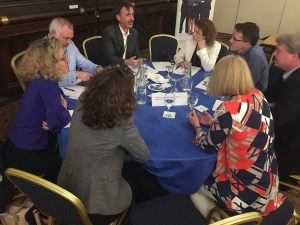 Following a discussion on ‘Employing Continuous Improvement as a means to engage the disengaged’ the group felt it most impacted on the individual through the following areas:
Following a discussion on ‘Employing Continuous Improvement as a means to engage the disengaged’ the group felt it most impacted on the individual through the following areas:
- There is huge potential in the untapped resource of the disengaged and the complexity of managing them. Philosophy of engagement as a concept, role of management in creating and managing disengagement, limit to the effort that should be put into dealing with the disengaged.
- Posed the question does Continuous Improvement bring Employee Engagement or is it Employee Engagement that bring Continuous Improvement. If the resources are not tapped the company is the looser in the long run.
- Surprised at the very high disengagement, highly engaged is low, to have the large middle group is hard to believe. Who do you focus on to engage? This is a challenge. It may be a flow between each state, it is necessary to try and engage everyone.
- Ideas come from teamwork. The disengaged give up and do not support, they are hard to manager and drag others down, even the highly engaged. Thy may have skills but they could be influencers.
- Important for manager to identify individuals and recognise their skills and access the untapped resource.
- Employee recognition, as a tool to improve EE, public recognition internally, and or small gifts. Gifys help support morale.
- Leadership support is vital, but clarity around what is the managers role this area. How can the manager bring them along if they don’t have these skills.
- Profile of employee
Highly motivated people can increase engagement, through their language and attitude. - Negative people resist change and it is usual try to avoid them.
The middle ground are easier to manager. - It is not always the loudest person that will ensure the project will be successful, this needs to be recognised. There is complexity in the management of Employee Engagement.
- Disengaged individuals. What is driving the behaviour. What has changed since you hired them. Is it financial, personal, recognition, fit with the organisation , value and respect. The disengaged can sabotage a project. How can you change their behaviour.
- Immediate inclination is to fix the disengages, focusing on the engaged is important. Prefer productive vs non productive.
How is engagement measured? The stats seem incredible.
Unless they are worth it don’t waste time on the disengaged. Is flavour of the month a factor in disengagement. - The disengaged are frustrating when other are working hard and they are dragging the group down. A process map can expose the behaviour. Trying to use the highly engage to improve the disengaged is not a good idea. Everyone is entitled to a chance, to help them. The worst thing to see is the managements tolerating the disengaged.
- Disengagement can be a product of managements attitude to them, living down to the label. Everyone has had a moment in their career when they are disengaged. Management needed to change their attitude.
- It is rewarding to engage the disengaged. People do not come into work to do a bad job and they were not hired that way. Do people stay in a role too long, does comfort bring complacency, boredom. Encouraged to change role.
- The disengaged employee can be very different outside work.
- A quiet employee should not mistaken for a disengaged engaged employee.
- Is 100% engaged workforce a realistic expectation? Engage people to their potential, through the organisation hierarchy. Not everyone can be the CEO.
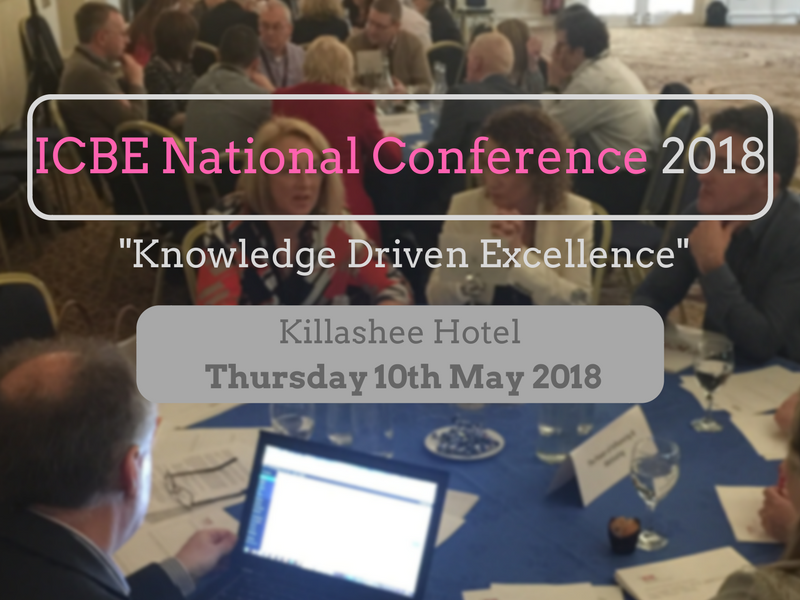
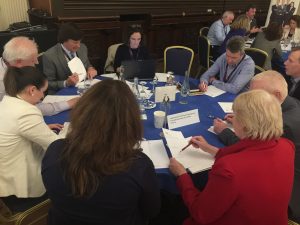 The topic of ‘The(r)Evolution of Performance Management to unleash Organisation & Individual Potential’ generated a lot of animated discussion. People felt there is a lot of dissatisfaction on the “rating” system – This came up again and again. Other comments included:
The topic of ‘The(r)Evolution of Performance Management to unleash Organisation & Individual Potential’ generated a lot of animated discussion. People felt there is a lot of dissatisfaction on the “rating” system – This came up again and again. Other comments included: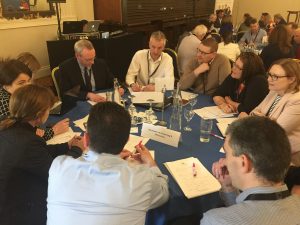 Following a discussion on ‘The Power of Influencing & Motivating’ the group felt the impact on the individual was:
Following a discussion on ‘The Power of Influencing & Motivating’ the group felt the impact on the individual was: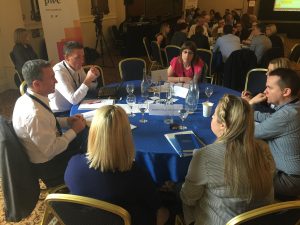 The discussion around Leaders Standard Work’ resulted in very easy and natural conversation, each person engaged on the topic with positive body language. Individuals had experience of LSW and shared their experiences of its implementation with the over all group.
The discussion around Leaders Standard Work’ resulted in very easy and natural conversation, each person engaged on the topic with positive body language. Individuals had experience of LSW and shared their experiences of its implementation with the over all group. Following a discussion of ‘The power of influencing and Motivating’ the group felt that the impact on the organisation was: mutually beneficial, thought provoking, inspired some small simple changes and awareness of your own presence. Other points included
Following a discussion of ‘The power of influencing and Motivating’ the group felt that the impact on the organisation was: mutually beneficial, thought provoking, inspired some small simple changes and awareness of your own presence. Other points included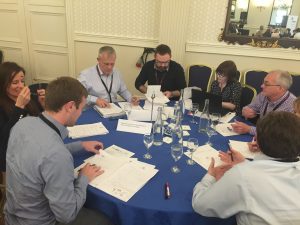 All agreed ‘Employing Continuous Improvement as a Means to Engage the Disengaged’ was very relevant – continuous improvement is completely dependent on engagement. Other observations included:
All agreed ‘Employing Continuous Improvement as a Means to Engage the Disengaged’ was very relevant – continuous improvement is completely dependent on engagement. Other observations included: Following a discussion of ‘The(r)Evolution of Performance Management to unleash Organisation & Individual Potential’ the group shared the following
Following a discussion of ‘The(r)Evolution of Performance Management to unleash Organisation & Individual Potential’ the group shared the following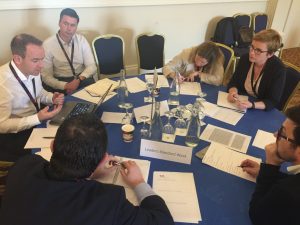 There was some level of ‘Leaders Standard Work’ in place in some of the organisations and a general understanding of the concept around the table.
There was some level of ‘Leaders Standard Work’ in place in some of the organisations and a general understanding of the concept around the table.